If you’re keen on learning about safe travel in the NZ outdoors you have come to the right place. This is a pretty important topic and one that not everyone considers before setting off on an adventure in the outdoors. If you’re reading this I commend you. There is nothing more important than being aware of the changeable NZ conditions and how to be prepared.
This post is written by someone who knows what it takes to travel safe in the outdoors better than most people out there. Evan is a paraglider, backcountry skier, trail runner and mountaineer who seeks outdoor adventures at any opportunity he can get. He has had his fear share of near misses!

His near death experiences are not simply better work stories. His stories need to be shared with you all to learn from. Nothing makes you learn quicker than doing things the hard way. But, we don’t want that for you!
Sit back, relax, and enjoy not making the same mistakes as Ev.
Without further ado here is the legend himself.
Safe Travel in The New Zealand Outdoors: Planning For The Worst
I’ve made it I’m surrounded by iconic Canadian wilderness, the trees, the gorgeous mountains, the turquoise lakes… oh and of course surrounded by the white stuff!
After spending Canadian thanks giving on top of a peak with my old friend fireball, I retire to bed, eager to try out my new equipment. I wake at 2am. Clearly the consumed fortitude has clearly warn off. The water bottle beside me has turned to glass-like-ice, and I’d be lying if I said I was comfortable in my 3 season sleeping bag. It’s only October in the rockies right?!
Three weeks ago I was at the beach back home…
Oh right, that doesn’t help me right now.
Then I remember about the emergency blanket bivvy I brought with me. I slip that on overtop and like being tucked in by your creepy grandmother, fall asleep.
Crisis averted!

This was a good little wake up call for myself. Sure, it wasn’t in NZ, but the planning and gear process I used was from what I carry back home and can be implemented anywhere in the world. Safe travel in the outdoors is paramount in Canada and especially here, in New Zealand.
A bit of a disclosure;
We all do stupid stuff, period. Common sense isn’t always that. You can sure as hell guarantee that the outdoors will throw some odd looking shapes your way. It happens to us all, even the mountain gurus of the world. The difference is pretty simple though; a little thing called preparation.
This is part 2. If you haven’t seen part 1 already about NZ weather, terrain and scale head on over to the post (click here). In this outdoor safe travel post we will look more into the specific aspects of NZ outdoor safety and how being prepared helps to get your sorry backside out of the situation mentioned above.
We will delve into the following;
[convertkit form=1067242]
Equipment selection;
- Food & water
- First aid
- Clothing
- Shelter
Emergency response;
- Personal locator beacons
- How to get help
- What to expect
Equipment Selection
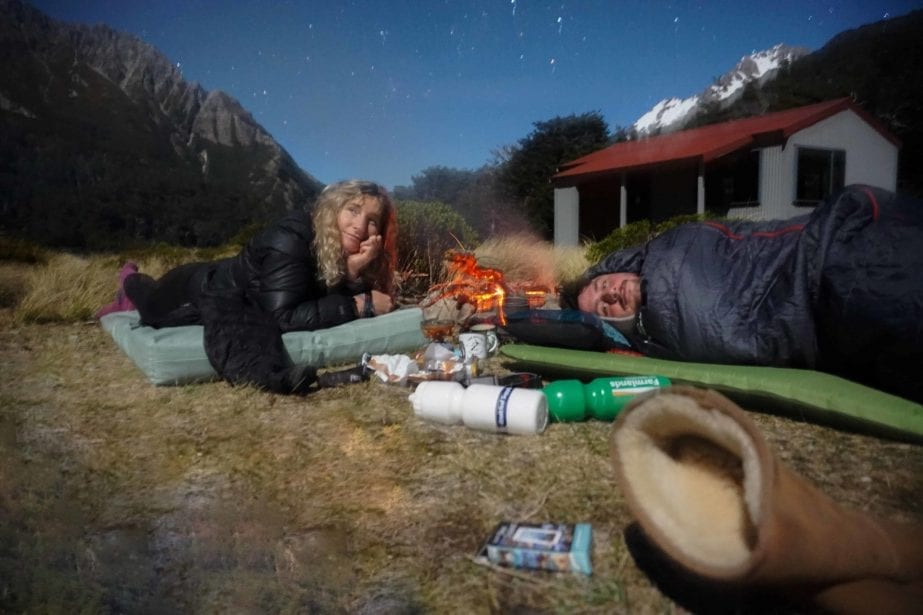
Safe Travel: Food & Water
A pretty basic idea right? You’d think so, but how many of us have been caught out on the simplest of hikes with a ravaging hunger that makes you consider chewing on your own hat?
You’re hiking, climbing or doing what puts pickles in your jar. You are going to need more calories than if you would sitting on the couch picking your nose (can confirm- not very high in calories).

Photo credit: Jake Ingle
As much as I’m sure you want to hear of my culinary disasters, I won’t delve too far into this, otherwise this could be a nutrition post in itself. There is plenty of information out there regarding this. Try the following;
- 10 food mistakes every beginner makes when hiking and how to avoid them. Liz provides a great, applicable post here which should answer all your questions in detail – take a look!
- Best Lightweight Backpacking Food 2019. Clever Hiker is also a valuable resource, with informative information and videos relating to backpacking and any outdoor epic.
- Nature Nosh and Wildlandtrekking explain a little more on before and after nutrition (how many of us don’t even think about this!). You will be sure to find some ideas here!
Choose the right food;
- Stay away from the chips and heavy processed food
- Limit your sugar, you don’t want to be up and down all day
- Eat plenty of carbohydrates the night before
- Eat food with salt content to replace electrolytes through the day
- Stay hydrated through the day and the day before; drink BEFORE you get thirsty
For the worst case, you should carry some dense, high energy food that can either get you home, or get you through the night. It can be as simple as having a couple spare granola or protein bars in your pack. I keep at least one spare per day and a small bag of jelly beans or chocolate on hand. You’d be amazed how a little sugar at the right time can get you, or your partner over the next hill and home.
The emphasis on this is survival, not comfort! You are going to be hungry if you get caught out. I don’t expect you to carry a full stove and dehydrated meal, just enough to get you through. If you are doing a multi-day and do carry a stove however, or resemble a ravaging cougar when hungry, then consider carrying an extra meal.
Water! Safe travel requires water!
Much to soggy feet delight, we are rather fortunate in NZ, there are water sources everywhere, and the majority are from clean sources. However use your judgement and boil or treat where necessary. You should be taking a minimum of 1.5l, but of course is dependent on how far you go. I highly recommend bladders/camelbak in your bag , where you can sip and stay hydrated when you like, without stopping.
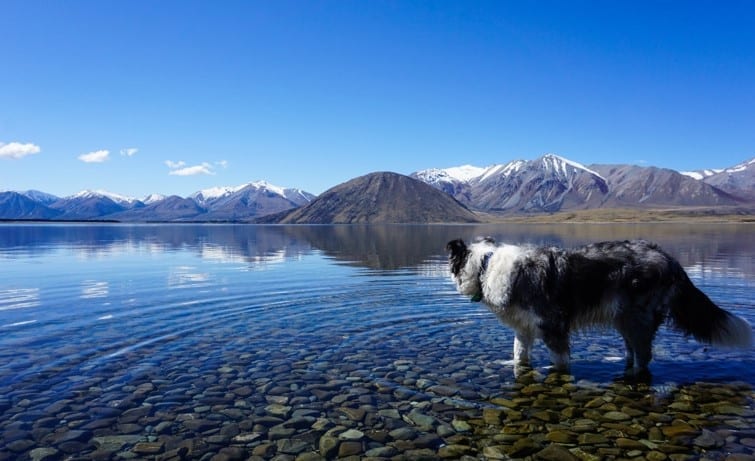
First Aid
This is a surprisingly misleading one. How many of you simply pick up a first aid kit from the general store, or don’t even carry one?
After ski patrol and my own painful experiences, I can undoubtedly say that a basic first aid kit WILL NOT help, that is, unless you get a splinter or paper cut (watch out for that map!).
I had the joyful experience of Lee dropping a sledge hammer on my toe in a backcountry hut (be sure to ask her how!). I can say that I used the entire 2 person kit to fix me up, however I had a lovely pack-less trip down thanks to one remorseful sister!
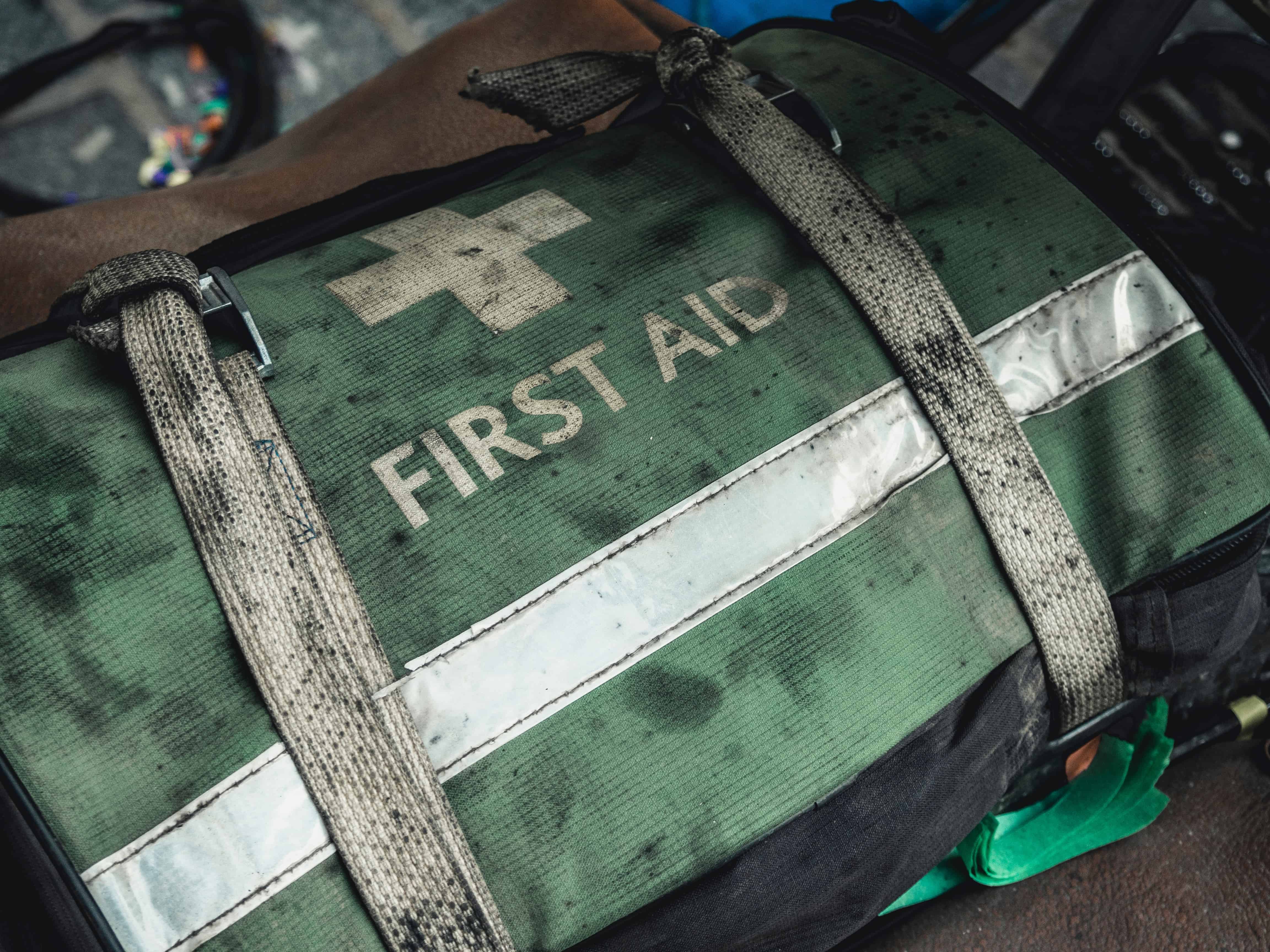
Photo credit: Milan degraeve
There is a simple solution for safe travel however, simply beef up your first aid kit with the following;
- Pain relief such as paracetamol and ibuprofen
- Anti-histamines
- Emergency blanket
- Scissors or cutting knife
- Extra alcohol wipes (you go through a lot of these!)
- Blister repair
- Extra wound dressings
- Medical tape
- Extra Gauze bandage rolls
- Lighter/waterproof matches
- Small roll of duct tape
- Cordage, small length of string/rope
- Wound closure strips
This is what I carry and has saved me many times. Of course, you can have all the gear in the world, but if you don’t have some basic education on first aid then at least you will provide some comic relief!
Preferably take a course such as the following;
[convertkit form=1067242]
Or at least educated yourself on dressing wounds and applying slings/splinting. The following videos can be useful;
- Backcountry first aid skills
- Boyslife. A short, little education on how to react in a first aid situation
- Splint application in the backcountry
Clothing
Selection and layering are key considerations with clothing.
- Moisture wicking/breathable materials are key
- Cotton is the devil
- If you’re wet, you’re cold! Be brave, start cold!

Under/mid layers;
Of course being a kiwi I have a bias on wool (oh look the kiwis really are sheep shagers!). Merino is simply a great choice as its breathable, warm if wet and anti-smell (if only everyone in the hut was aware of this!). However, there is also great synthetic clothing out there now with excellent properties.
Duck/goose down;
It goes without saying the insulation properties of this wonderful stuff – why wouldn’t you want to be walking around in a sleeping bag! Carry at the very least one piece of down, vest or jacket. It can really take the windchill off, and is especially useful when stopping or caught out. I carry at least a vest, even in summer. The tech is getting better, however the limiting factor of down is that it’s not very breathable or waterproof. Consider that when you’re marching up the hill.
Top layer
In today’s world there’s a never ending market of captain Gore-Tex and other superheroes. Keep it simple. Carry a waterproof/windproof shell that you can use when needed, or if you’re someone who gets cold easy, or in a place of exposure, look at carrying something thicker that’s breathable.
Back in post one I briefly explained exposure. It’s no good having help on the way, if you’re going to be in trouble before they even arrive. Think about this when heading out anywhere. Carry spare socks and a mid-layer.
Bivvies’/shelter
My favourite topic! No, I don’t expect you to have the good looks or skills of bear Grylls, or carry a 2 person tent wherever you go!
It’s simply something to consider and is totally dependent on the environment you’re in. Ask yourself;
- Are there trees, bush or forest where I will be that could provide cover?
- Could that rock outcrop up there serve as a windbreak?
- Can I dig a shelter in the snow?
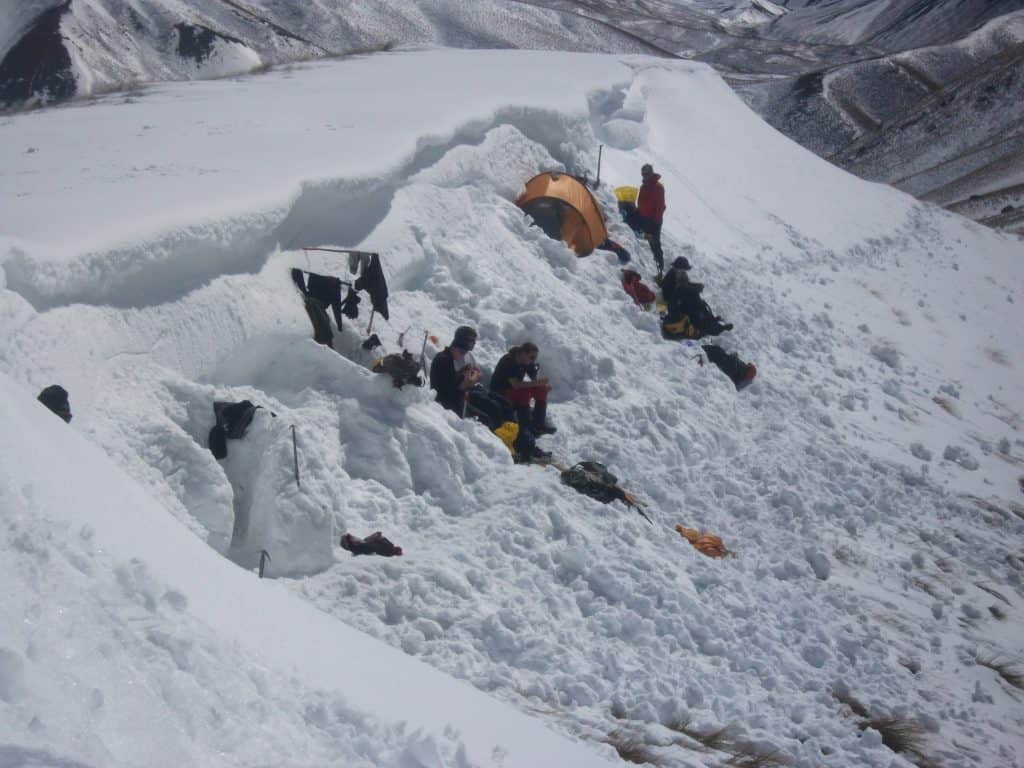
Of course, if you are on an overnight hike, then great, you should have some sort of accommodation sorted, but what if the hut is full?
If you’re just out for the day, then the questions above will be more relevant. Alternatively you can look at the following, which take up very little space in your pack.
Emergency bivvy/blankets
The number one thing I keep in my pack at all times. It’s also got me out of a spot of bother more than once – My snow caving skills are still lacking.
This is a highly affordable and packable item to have with you. It can be as simple as a $5 emergency blanket that you can wrap yourself or others in. Or you can get full on sleeping bag/cocoon style ones that can be used more than once.
You can find these here;
Tarpaulin/shelter sheets
This can be as simple as a tarpaulin sheet from the hardware store that you can wrap yourself in, or hook up in a tree. It can also include waterproof sheeting.
Ok, so you feel like you’re ready for man vs wild. Hopefully you can answer the following questions after reading the above section;
-
Do I have enough food/water, clothing and shelter, if I had to stay a night out?
-
If myself or someone got injured, would I have the first aid to help?
Again, the emphasis is on SURVIVAL, not comfort. You will be cold. Aha, you will be hungry. Yes, you will be in pain. Keep that in mind when selecting equipment, otherwise you’ll likely need a Sherpa for all the gear!
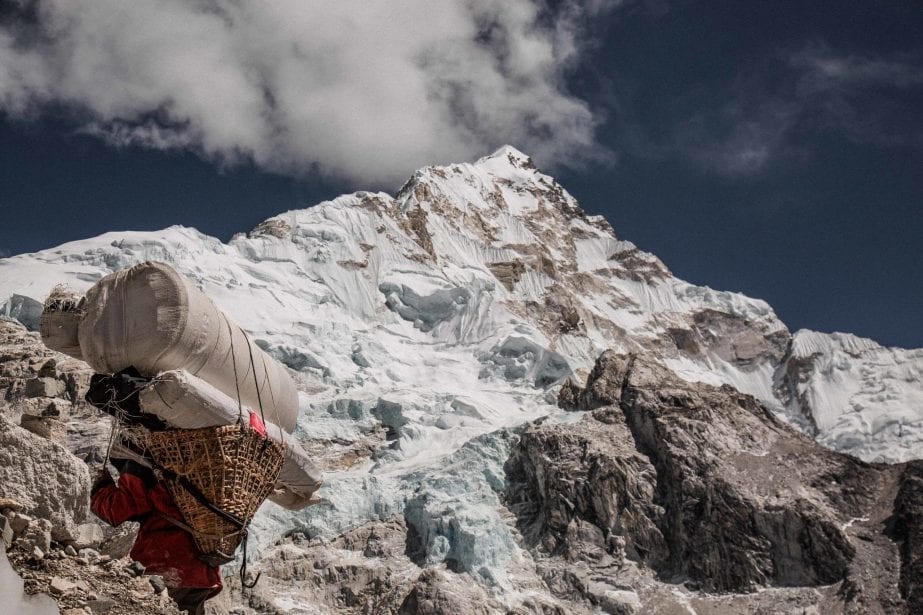
Photo credit: Christopher Burns
Emergency response

Photo credit: Camilo Jimenez
Emergencies and accidents do happen, so now let’s look into what you can do about them and how to raise the alarm.
When these do happen in the wilderness of NZ, time and preparation can mean the difference between life and death. I’ve had friends flip jetboats, collapse on the trail and injure themselves beyond self-help. A little thought for the worst and some technology has gone a long way.
Personal locator beacons (PLB’S), SPOT, INREACH
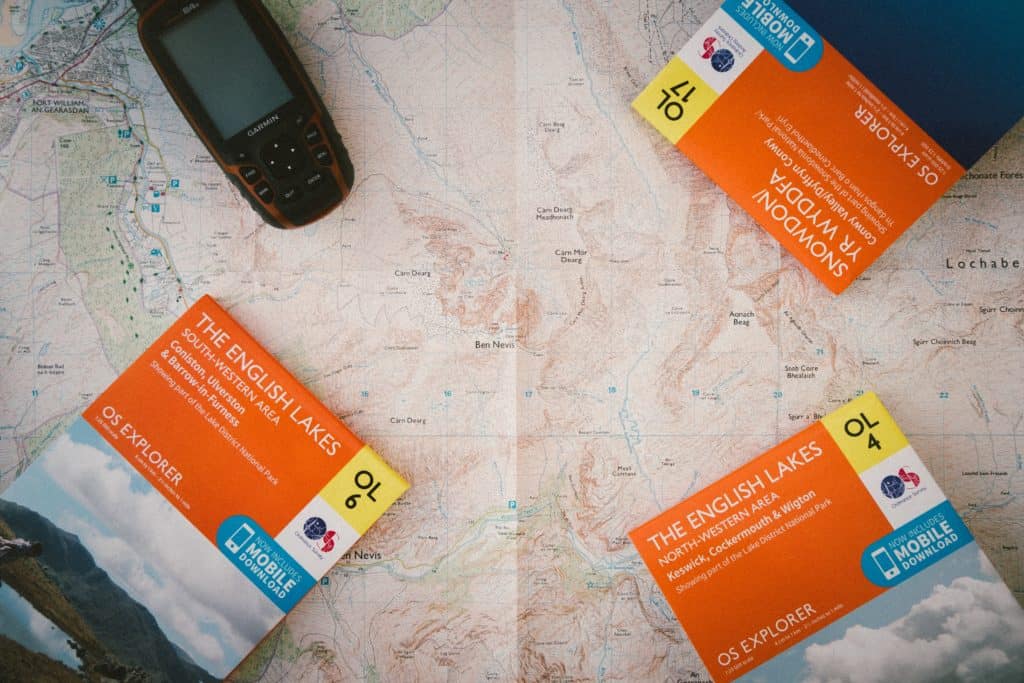
Photo credit: Drew Collins (photo of Garmin inReach mentioned below)
I’m sure if you’re into any outdoor pursuit you’ve at least heard of these. Gone are the days where you had to leave your injured buddy (problem solved right?) or run to find the nearest help, without hurting yourself. Now with the simple click of a button you can get a helicopter rescue to your exact GPS coordinates. It doesn’t stop there however. With SPOT you can be tracked at intervals and even send pre-written messages to people. GARMIN INREACH take this a step even further with better tracking and the ability to send custom messages through your phone or the device. You can even update your facebook status, which I’m sure is the reason we are all out in the bush in the first place right? (Please don’t).
I 100% advocate for you to carry one of these devices (and know how to use it). They are the cheapest life insurance you will ever purchase and with options to rent them out, there really is no reason not to have one. Not only could they save you or your partners life, but potentially someone else in the area also. I’ll say it, New Zealand has garbage cell phone coverage. I can walk 20 minutes from my house in the city and loose it. Having one on hand could prove useful in even the unlikely of circumstances.
Of course, like all technology, it can and does fail.
- Please do educate yourself on how to use one. The last thing you want is when you need it, is to have flat batteries, no signal or simply no idea how to turn it on!
- Please be careful with the SOS button. Only use this in a LIFE THREATENING circumstance! Our response centre get hundreds of mistaken signals every year. Don’t be a statistic.
[convertkit form=1067242]
You can find PLB’S and such at any outdoor store, or rent from the following;
Rent;
Buy;
Getting help and What to expect

Photo credit: Seb Mooze
Finding help could be as simple as dialling 111, shouting for help, or as complicated as a SOS marker or flashlight flare.
Sometimes a GPS signal can be impossible to find on PLB devices, or you may be in a storm/helicopter access may not be an option. If this is the case, you should have a plan B which includes the following;
- Know you and your partners abilities from the get go (Fitness, experience, medical needs)
- Leave detailed information with someone where you are and expected return
- Know where you are, and where you could go for help (Maps & GPS)
- Be prepared with the equipment I’ve listed (First Aid, Shelter, Food)
If you get into a situation of bother, stop and assess it. Ask yourself the following;
- Is it life threatening?
- What is the worst case scenario?
- Can I provide first aid
- Am I prepared and educated to deal with this situation?
When stuff goes wrong, adrenalin gets pumping, shock occurs and rationale can go out the window. Take a breath, compose yourself and assess the danger to your safety. Don’t be one of those people who hit the ‘oh crap’ button because they get a little wet or trip on their face!
Have confidence in yourself! In times of need, you would be surprised of how capable you are. Remember that doing something is better than nothing. A break, some simple worst aid, or getting warm could be all that is needed (get that embracing hug going!)

Photo credit: Marco Bianchetti
When you do need assistance and manage to find help, the following information can help;
- Injuries/situation
- GPS Coordinates & location
- Equipment/supplies on hand
- Physical capabilities & experience
If help is on the way, do what you can to limit exposure; stay warm and get comfortable if possible. Provide the necessary first aid if you can and form some sort of shelter. Make yourself visible from the air/ground and be vocal. Use your headlight/phone light as a beacon. Be aware that you may have a long wait for help to arrive.
Maybe you can manage to get out safely yourself. You know where you are and how to get out. You can provide first aid, splint a leg and walk out.
Perhaps you are exhausted, hot/cold or just took a little fall. Take a break, a snack and or de/layer.

All of the information in this section, used right, can save you and other peoples life. If you get anything from this post, you should be able to answer the following questions;
-
Do I have enough food/water, clothing and shelter, if I had to stay a night out?
-
If myself or someone got injured, would I have the first aid/expertise to help?
-
If something went wrong, would I be able to get myself or someone home safely or be able to get help to do so?
By now I’ve hopefully got your grey matter stirred and anxiety levels up – stuff happens!
Despite everything I’ve explained, 95% of the time you will NEVER have to use or implement any of this (quick, grab some wood!).
You don’t have to smoke Bilbo’s pipe-weed to realise how amazing and safe New Zealand is, especially when you are a little prepared. With such vast and varied landscapes, use your common sense. Obviously if you’re in a populated area or day hike, you can have help handy, but if you step off the trail somewhere more remote, you won’t be able to rely on that sheep to lead the way home!
Lee-Ann and I have certainly had some adventures, be it a walk to the beach, or a typical Evan Epic (EE), however we are learning from our mistakes and we’re continually stoked to go chase life and the freedom it holds, hopefully with all our fingers and toes!
Experiences will give you the unconditional happiness that possessions can’t. We hope you can take some of our mistakes and learnings onboard.
Whatever your outdoor pursuit, go now! Go chase mountains, fluffy sheep and sunsets, turquoise lakes or beaches, or all of them! Be free like life is meant to be!
Travel safe and see you out there!
Ev & Lee

Evan is a paraglider, backcountry skier, trail runner and mountaineer who seeks outdoor adventures at any opportunity he can get. If you’re keen to learn more from him you can contact him via his email address: evan.mckenzie@outlook.co.nz or instagram @ev_mckenzie.
P.s. Did you find this post useful? Drop a comment below and tell me your favourite tip!
[convertkit form=1067242]



Leave a Reply